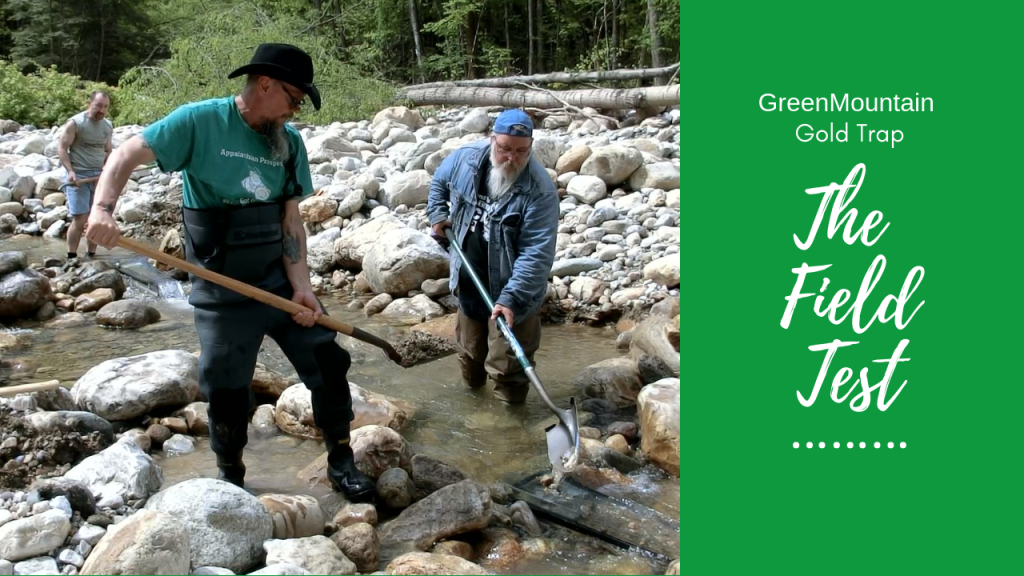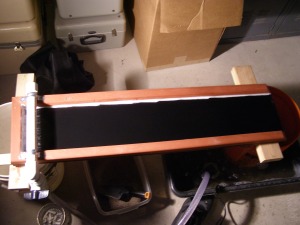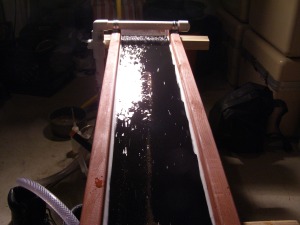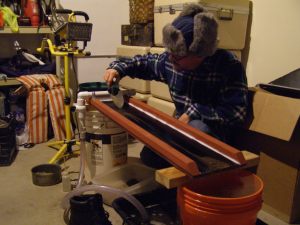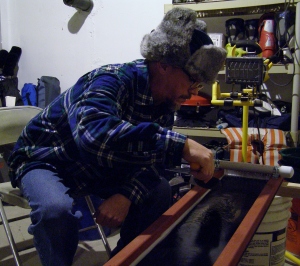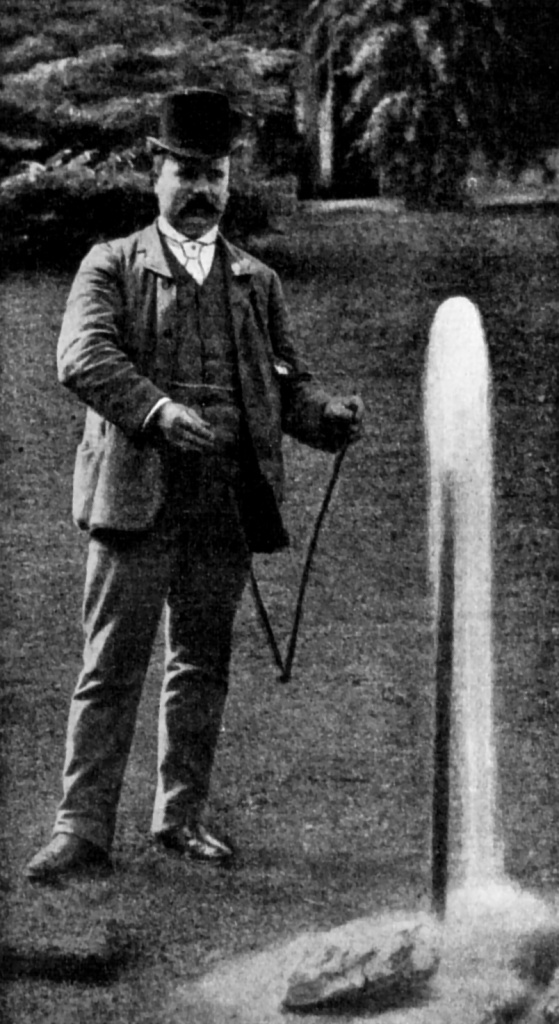
That’s right, dowsing for gold. I know that many people have heard of dowsing for water. I can’t remember the first time that I had heard about dowsing for gold but I had often thought how does that work. I had worked as a plumber for a period in my life and I knew of plumbers or public works utility workers locating metal pipe buried under ground by means of dowsing. I had worked with a guy that would dowse for water and he located many wells, I had asked him if he had ever heard of dowsing for gold and the reply from him was no. I had seen videos of prospectors dowsing for gold and they claimed that they found gold using this method. I spoke with prospectors that I knew about this and swear by it. My curiosity was peaked, I was skeptical but I didn’t necessarily doubt it after all it is working for them.
Last year I figured I had to try it, I simply took two 7018 welding rods and bent them at 90 degrees so that they fit my hands, the width of my palm. I had them in my backpack and when I got down to the river I took them out and just started walking around holding them loosely pointing straight out in front of me and they started to move. I came to a spot where they crossed, I stopped then I backed up a little and the went straight out again, I walked forward, they crossed. I walked beyond the spot and they straightened again, I backed over the spot and they crossed. This is it, dig here! I dug, and panned the material and nothing. I went over the location again with the dowsing rods and they still crossed, well it is hitting on something I thought so I dug and panned a few more times, and I got a very little bit of gold, dust. Well, not very much, did it really work I wondered. Let me try another spot, I waded out into the river with my dowsing rods pointed straight out and not only did they cross but they spun all the way around slowly, I marked the spot with several rocks piled up and I continued this until I had a line about 8 feet long. Here it is I yelled to Hillbilly John, this is the location we are going to dredge. We set up the dredge and we worked that location all day, we worked it down to the clay which was only about 2 feet down. Time to do a clean up, we lifted up the rubber mat in the sluice box and behold we had several pickers. We cleaned out the box, took it back to the camp and we ran it through the spiral wheel there was a lot of fine gold and it was one of our best cleanouts we ever had. It could be a coincidence, I used the dowsing rods for the rest of the season and every time put me on the gold and it seemed that we kept getting more gold each time. I can’t tell how deep the gold is, if it is an inch or 5 feet.
How does it work? Some folks think that it is some mystical power. I have my own theory and it is thus: the earth is like an enormous generator emitting power, electricity from deep within the core, this power emanates through the crust as a magnetic field as it passes through different elements in the earth it causes the dowsing rods to move.
Dowsing is working for me so I will continue to use this method in locating gold. What are your thoughts, please share.
